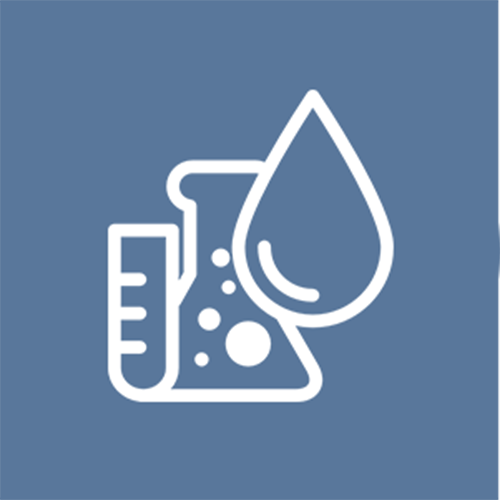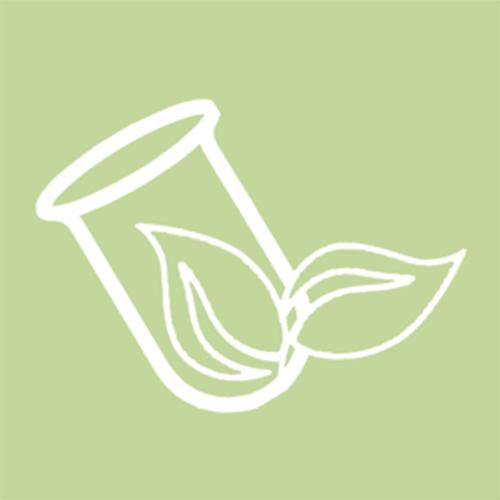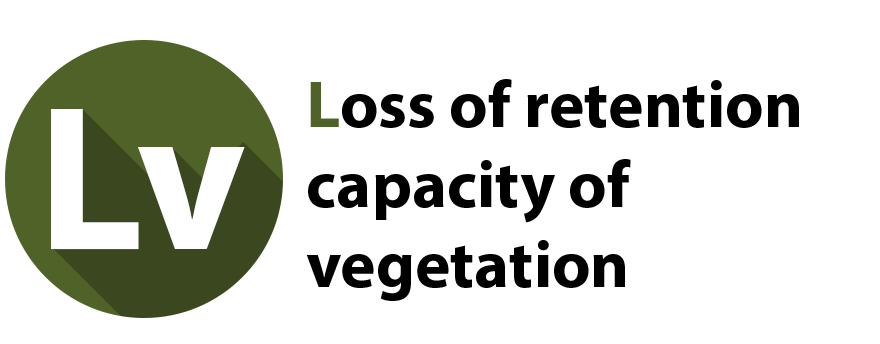Environmental Flows for Healthy Ramganga River, India
Description
Location

Sketch
Information about lithology/geochemistry:
The Ramganga River exhibits various zones, the upper reach is a confined mountainous reach, with rocks, boulders, stones and sand as substrate material. After the river passes through foothills, where the riverbed is largely composed of sand followed by stones / pebbles. Further downstream, the river passes through the gangetic plains, characterised by low-lying banks and sandy-silty substratum – it is this zone, which, in case of excessive run-off, may leads to flooding or inundation in the nearby farms and temporary settlements.
Main Description
- The E-Flows site is located on Ramganga River, downstream of a water resource infrastructure, Hareoli Barrage (located in Bijnor district of Uttar Pradesh state), falling in transition zone of Upper and Middle stretch in foothills. This site is about 25 km downstream of Corbett National Park.
Enhance ecohydrological processes in novel ecosystem
YES
Apply complementary Ecohydrological processes in high impacted system
NO
This table presents the different categories of ecosystem services that ecosystem can provide, divided in:
Provisioning Services are ecosystem services that describe the material or energy outputs from ecosystems. They include food, water and other resources.
Regulating Services are the services that ecosystems provide by acting as regulators eg. regulating the quality of air and soil or by providing flood and disease control.
Ecosystem services "that are necessary for the production of all other ecosystem services". These include services such as nutrient recycling, primary production and soil formation.
Cultural Services corresponds nonmaterial benefits people obtain from ecosystems through spiritual enrichment, cognitive development, reflection, recreation, and aesthetic experiences.
EH Principles
Quantification of the hydrological processes at catchment scale and mapping the impacts
Ecological engineering (integration, dual regulation and biotechnologies in catchment scale for enhancement of ecological potential)
ECOHYDROLOGY ENGINEERING SOLUTIONS
WWF-India along with partners (from premier technical and academic institutions [Indian Institute of Technology Kanpur, Indian Institute of Technology Varanasi, Central Inland Fisheries Research Institute] of the country, local universities [H.N.B. Garhwal University], civil society organizations [People’s Science Institute Dehradun], local experts [water resources, river basin experts], concerned government departments) embarked on a journey to demonstrate E-Flows in Ramganga in 2013.
 Hydrological Flow
Hydrological Flow
On the banks of Ramganga at a busy industrial and populous city (Moradabad – downstream of E-Flows Monitoring Site), the government authorities are implementing various pollution abatement initiatives, some of which are conventional ones, involving the Sewage Treatment Plants and some of them are Nature-Based-Solutions (NbS). These initiatives include identification of 24 drains that empties untreated/partially-treated wastewater into the Ramganga River and employing bio-remediation measures on all the 24 drains by the local Municipal Corporation. In addition to this, the State Pollution Control Board has established monitoring stations on all these 24 drains to monitor the water quality.
 Phytotechnology
Phytotechnology
Fauna technologies are not applied at the site. Earlier during the E-Flows assessment phase (2013-15), the adoption of holistic methodology (BBM) for Ramganga E-Flows assessment provided the opportunity to the team to investigate the aquatic biodiversity, macro-invertebrates and its state in the river, by conducting field surveys across all the eight sites during all three seasons (pre-monsoon, during-monsoon, post-monsoon) in a year.
 Faunatechnology
Faunatechnology
Major Issues










Expected Outcomes
A river, which was deprived of much-needed flows for several years, especially in the lean season (from November to mid-June), is now having a sustained freshwater flows during this season (November to mid-June) since 2021. The key impacts include –
1. Between 1.5 to 3 feet water depth increased in the river.
2. On an average, the river-channel width increased by about 10-12 meters (from 30-35 meters to 42-47 meters)
3. The lean and thin river now looks a much improved river, in terms of water depth and channel width. The same is depicted in following pictures
4. The downstream site of Katghar – Moradabad also witnessed marginal improvement (about 1 foot – as depicted in the following graph) in the water depth and the physical appearance of water in the river also slightly improved.
5. Marginal improvement in assimilative capacity of the river. The physical appearance of the river has certainly improved. The Dissolved Oxygen levels are generally better (>6mg/l) at E-Flows site. However, at further downstream site Katghar, the values of monthly average Dissolved Oxygen has only slightly improved. As we know, the Dissolved oxygen levels in rivers are dynamic and fluctuate due to many external factors, like – temperature, photosynthesis, respiration, flow rate, and pollution.
6. Transformation of fish diversity and strength is a long-drawn process in ‘disturbed-to-improved’ river systems and here also, this transformation will take few more years (5 to 8 years).
Latest Results
Contacts
Nitin Kaushal
- anonymous@anonymous.com
- World Wide Fund for Nature - India (WWF India)
Social ecohydrological system
EH Objectives
EH Methodology
Catchment Ecohydrological sub-system
Objectives
Stakeholders
Catchment Sociological sub-system
Activities